Home>Garden Essentials>Garden Storage>What Is A Gothic Wardrobe
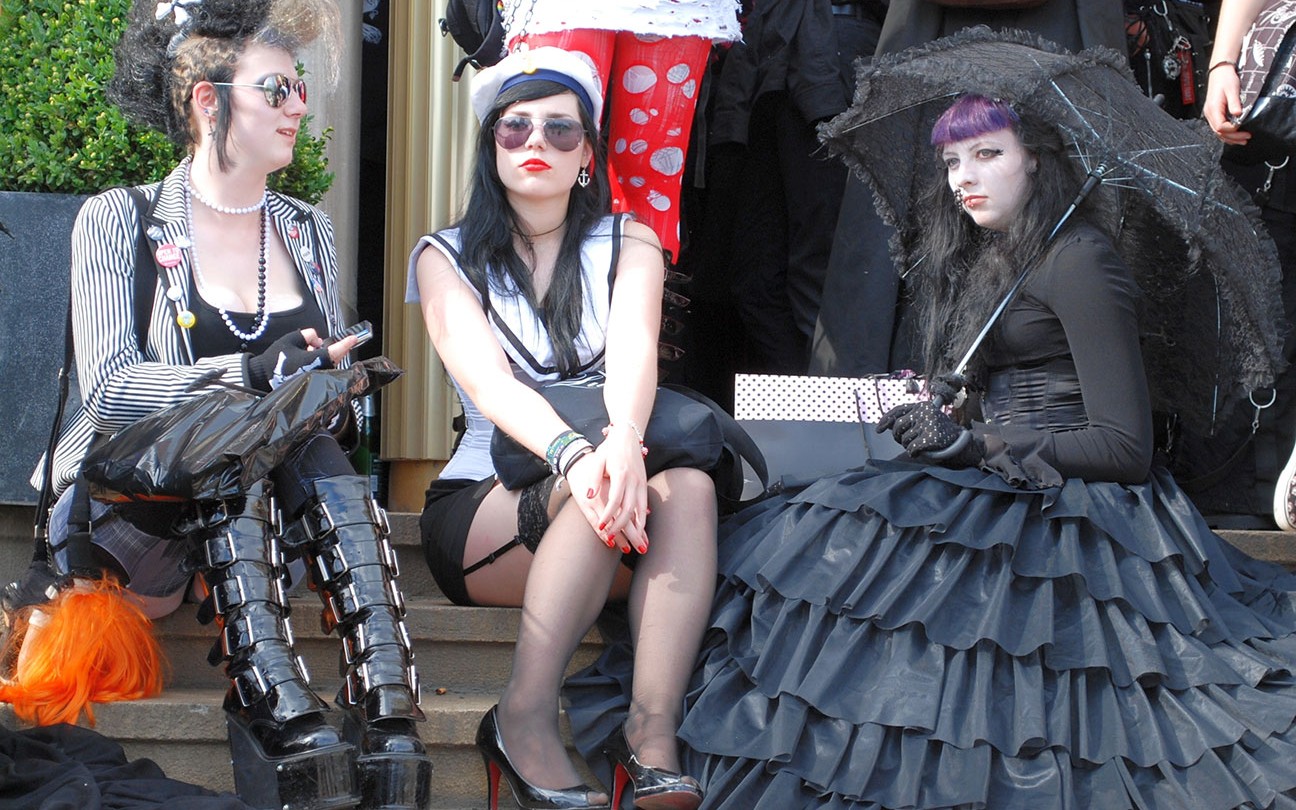

Garden Storage
What Is A Gothic Wardrobe
Modified: January 19, 2024
Discover the functionality and style of a gothic wardrobe with ample storage space. Organize your belongings while adding a touch of dark elegance to your home.
(Many of the links in this article redirect to a specific reviewed product. Your purchase of these products through affiliate links helps to generate commission for Storables.com, at no extra cost. Learn more)
Introduction
Gothic fashion has emerged as a popular and enduring subculture within the world of style and self-expression. With its roots in 18th-century Gothic literature and art, the Gothic aesthetic has evolved over time to become a unique and captivating fashion statement. Defined by its dark, romantic, and sometimes mysterious elements, the Gothic wardrobe has captivated individuals who are drawn to its unconventional beauty and edgy appeal.
In this article, we will delve into the world of Gothic fashion, exploring its history, the essential elements of a Gothic wardrobe, and tips for maintaining and navigating this distinctive style. Whether you are a long-time enthusiast or someone curious about this captivating subculture, this guide will provide valuable insights into embracing and rocking a Gothic wardrobe.
Key Takeaways:
- Embrace the allure of Gothic fashion by incorporating key elements such as corsets, black dresses, chunky silver jewelry, and dramatic makeup to create a captivating and authentic wardrobe that celebrates individuality and rebellion against societal norms.
- Maintain and organize your Gothic wardrobe with proper storage, regular cleaning, and personalization to ensure the longevity and vibrancy of your unique garments, allowing you to effortlessly create stylish and captivating outfits that reflect your personal Gothic aesthetic.
Read more: What Is A Wardrobe Malfunction
History of Gothic Fashion
The origins of Gothic fashion can be traced back to the 18th century with the rise of Gothic literature and art. Inspired by the dark and mysterious themes found in Gothic novels, such as Mary Shelley’s “Frankenstein” and Bram Stoker’s “Dracula,” individuals began to embrace a more macabre and romantic aesthetic in their fashion choices.
During the Victorian era in the 19th century, Gothic fashion experienced a revival as elements of mourning attire seeped into everyday clothing. Garments in shades of black, lace details, and somber accessories became popular, reflecting the somber mood associated with death and melancholy.
In the 1980s and 1990s, Gothic fashion witnessed another resurgence. This period saw the emergence of subcultures like goth rock and goth subgenres in music, inspiring a new wave of individuals to adopt a Gothic style. Influenced by bands like The Cure, Siouxsie and the Banshees, and Bauhaus, this iteration of Gothic fashion was characterized by black clothing, heavy eyeliner, fishnet stockings, and dramatic hairstyles.
Today, Gothic fashion continues to evolve, incorporating both traditional and modern elements. While many still draw inspiration from Victorian and romantic aesthetics, modern Gothic fashion also takes cues from alternative fashion styles, such as punk, cybergoth, and steampunk. This blend of influences results in a diverse and ever-evolving fashion subculture.
Overall, the history of Gothic fashion reflects a desire to embrace the dark, mysterious, and unconventional. It is a celebration of individuality, self-expression, and a rebellion against societal norms.
Elements of a Gothic Wardrobe
A Gothic wardrobe is characterized by a distinct set of elements that give it its unique and captivating appeal. These elements encompass clothing items, accessories, colors, materials, and even hairstyles and makeup. Understanding these elements is key to creating a well-rounded and authentic Gothic look.
1. Clothing Items: Key clothing pieces in a Gothic wardrobe include corsets, lace-up boots, leather jackets, flowing black dresses, fishnet stockings, and velvet garments. These items evoke a sense of darkness, elegance, and romanticism.
2. Accessories: Gothic fashion accessories play a crucial role in completing the overall look. Items like chunky silver jewelry, chokers, wide-brimmed hats, fingerless gloves, and spiked accessories add a touch of edginess and personality to the outfit.
3. Colors and Materials: The color palette of a Gothic wardrobe predominantly revolves around black, with occasional accents of deep red, purple, or rich burgundy. Materials like lace, velvet, satin, leather, and mesh are frequently used to reflect the dark and luxurious aesthetic.
4. Hairstyles and Makeup: Gothic hairstyles often feature dramatic elements such as long black hair, elaborate updos, shaved sides, or vibrant colored hair extensions. Makeup typically includes pale white foundation, dark and smokey eye makeup, deep red or black lips, and a hint of paleness to create an ethereal and otherworldly appearance.
5. Styling: Layering is a crucial aspect of Gothic fashion, allowing for the creation of visually interesting and dynamic outfits. Mixing different textures, fabrics, and lengths adds depth and dimension to the overall look.
6. Attitude: Beyond the clothing and accessories, embracing a Gothic wardrobe also involves adopting a certain attitude. Confidence, mystery, and an appreciation for the dark and unconventional are essential components of this subculture.
By incorporating these elements into your wardrobe, you can create a cohesive and striking Gothic look that expresses your individuality and embraces the allure of the dark and mysterious.
Clothing Items for a Gothic Wardrobe
When it comes to building a Gothic wardrobe, there are several key clothing items that are essential for creating a dark, romantic, and edgy look. These pieces serve as the foundation for your outfits, allowing you to express your unique style within the Gothic subculture.
1. Corsets: Corsets are a staple in Gothic fashion and add a touch of elegance and femininity to any outfit. They cinch the waist and create a flattering silhouette, often adorned with lace details or intricate designs.
2. Black Dresses: Flowing black dresses in various lengths, such as long gowns or shorter babydoll dresses, are a must-have for a Gothic wardrobe. Look for dresses with lace accents, ruffles, or sheer elements to add a touch of romance.
3. Black Tops: Steer towards black tops with unique details like bell sleeves, lace inserts, or corset-style lacing. These tops can be paired with skirts, pants, or layered with other items for a versatile and stylish look.
4. Leather Jackets: A leather jacket adds an edgy and rebellious vibe to any Gothic outfit. Opt for a black leather jacket with hardware details like zippers or studs to complete your look.
5. Skirts and Pants: Black skirts and pants in various styles are essential for a Gothic wardrobe. Consider options like long, flowing skirts with lace or velvet details, or slim-cut pants with corset-style lacing or buckles for a more alternative aesthetic.
6. Fishnet Stockings: Fishnet stockings are a classic accessory in Gothic fashion, adding texture and a touch of allure to your look. Wear them under skirts, dresses, or ripped jeans for a hint of punk-inspired edge.
7. Boots: Lace-up or platform boots are a must-have footwear choice for a Gothic wardrobe. Look for styles with chunky heels, buckles, or studs to enhance the overall look of your outfit.
8. Outerwear: Complete your Gothic wardrobe with statement outerwear pieces like long, flowing capes, dark trench coats, or faux fur jackets for added drama and sophistication.
Remember, the key to building a Gothic wardrobe is to choose items that reflect your personal style within the realm of dark, elegant, and alternative aesthetics. Mix and match these clothing items to create unique and captivating outfits that express your individuality within the Gothic subculture.
Accessories for a Gothic Wardrobe
Accessories play a crucial role in completing the overall Gothic look, adding a touch of drama, elegance, and individuality. From jewelry to headwear, these accessories help to create a cohesive and captivating ensemble. Here are some essential accessories to consider for your Gothic wardrobe:
1. Chunky Silver Jewelry: Statement jewelry pieces like chunky silver rings, layered necklaces, and ornate bracelets are a signature of Gothic fashion. Look for pieces with intricate designs, gothic motifs, or dark gemstones to add a touch of mystery and allure.
2. Chokers: Chokers are a popular accessory in Gothic fashion, offering a mix of elegance and edge. Opt for black velvet or lace chokers with charms, pendants, or crosses to enhance the dark and romantic aesthetic.
3. Wide-Brimmed Hats: Wide-brimmed hats, such as top hats or fedoras, add a touch of mystique and sophistication to a Gothic outfit. Choose hats in black or deep jewel tones and consider embellishments like feathers or lace for added intrigue.
4. Fingerless Gloves: Fingerless gloves are a practical and stylish accessory in Gothic fashion. They add a touch of rebellion and are often adorned with lace, buckles, or studs.
5. Statement Belts: Incorporate statement belts with unique buckles or chains to add a dose of attitude and style to your outfits. Worn around the waist or cinched over a dress, these belts create a striking visual impact.
6. Piercings and Body Jewelry: Piercings and body jewelry can be incorporated into a Gothic aesthetic to further personalize your look. Nose rings, lip piercings, and unique ear jewelry are popular choices, adding a touch of alternative flair.
7. Handbags and Purses: Look for handbags and purses with a Gothic twist. Opt for designs in dark hues like black or burgundy, with hardware details like studs, chains, or skull motifs.
8. Parasols and Umbrellas: Parasols and umbrellas in Gothic-inspired designs, such as lace or ruffled edges, can serve both as functional accessories and as a stylish addition to an outfit.
Remember, accessories are an opportunity to express your individuality and enhance the overall Gothic look. Choose pieces that resonate with your personal style and add that extra layer of intrigue and charm to your ensemble.
When building a gothic wardrobe, focus on incorporating dark and dramatic pieces such as black lace, velvet, leather, and corsets. Accessorize with silver jewelry, chokers, and statement boots to complete the look.
Read more: What Are Wardrobe Staples
Colors and Materials in a Gothic Wardrobe
Colors and materials play a crucial role in defining the aesthetic of a Gothic wardrobe. The color palette and choice of materials can create a dark, romantic, and visually captivating look. Here are some key considerations when it comes to colors and materials in a Gothic wardrobe:
1. Black: No Gothic wardrobe is complete without the color black. Black is synonymous with the Gothic subculture and represents darkness, mystery, and elegance. Incorporate various shades of black, such as jet black, charcoal, or deep blackberry, to add depth and dimension to your outfits.
2. Accents of Deep Colors: While black is dominant, adding accents of deep and rich colors can add visual interest to your wardrobe. Consider incorporating deep red, burgundy, purple, or forest green as accent colors in accessories or garments to create a striking contrast.
3. Lace: Lace is a quintessential fabric associated with Gothic fashion. It adds a touch of elegance, femininity, and old-world charm. Look for garments or accessories with lace details, such as lace overlays, trims, or insets, to add a delicate and romantic element to your outfits.
4. Velvet: Velvet is a luxurious fabric that is often seen in Gothic fashion. Its soft texture, deep color saturation, and rich drape make it highly desirable. Incorporate velvet in garments like dresses, skirts, or jackets to add a touch of sophistication and opulence to your wardrobe.
5. Leather: Leather is synonymous with the rebellious and edgy side of Gothic fashion. A well-fitted leather jacket, pants, or accessories like belts or gloves can add a dose of attitude and toughness to your outfits.
6. Mesh and Fishnet: Mesh and fishnet fabrics are frequently used to create texture and visual interest in Gothic outfits. Layering fishnet stockings under skirts or dresses, or incorporating mesh panels in tops or sleeves can add a hint of punk-inspired edge to your look.
7. Satin and Silk: Satin and silk fabrics are often used in Gothic fashion to create an ethereal and delicate aesthetic. Flowing satin or silk dresses, blouses, or even scarves can add a touch of elegance and romance to your wardrobe.
Remember, embracing a Gothic aesthetic involves understanding the power of colors and materials in creating a distinct visual impact. Experiment with different fabrics, textures, and a predominantly dark color palette to craft a wardrobe that captures the essence of Gothic fashion.
Hairstyles and Makeup in a Gothic Wardrobe
Hairstyles and makeup play an integral role in completing the overall Gothic look. They contribute to the dark, dramatic, and often ethereal appearance that defines this subculture. Here are some key considerations for hairstyles and makeup in a Gothic wardrobe:
1. Hairstyles: Gothic hairstyles are often characterized by an emphasis on long, flowing tresses, with an emphasis on dark colors. Here are some popular Gothic hairstyles:
- Long and Straight: Long, straight hair, often in jet black or deep shades, is a classic Gothic hairstyle. Embrace the natural flow of your hair or use straightening techniques to achieve a sleek look.
- Elaborate Updos: Intricate updos with braids, twists, or buns can create a striking and romantic aesthetic. Experiment with different styles to find one that suits your taste and complements your outfit.
- Vibrant Colors: While black is the predominant color, you can incorporate vibrant streaks or accents of colors like red, purple, or blue into your hair for a bold statement.
- Shaved Styles: For a more alternative or edgy look, consider shaved sides or an undercut to add a touch of rebellion and uniqueness to your hairstyle.
2. Makeup: Gothic makeup is known for its dark, smoky, and mysterious appearance. Here are some key elements to consider when creating Gothic makeup looks:
- Pale Complexion: Achieve a pale and ethereal complexion by using a foundation that is a shade or two lighter than your natural skin tone. Set it with a translucent powder for a matte finish.
- Smokey Eyes: Gothic makeup often features dramatic, smokey eye looks. Use dark eyeshadow shades like black, dark gray, or rich burgundy to create depth and intensity. Extend the eyeshadow and blend it towards the outer corners of your eyes for a winged effect.
- Bold Eyeliner: Define your eyes with a thick line of black eyeliner along the upper lash line. Create a winged effect for added drama.
- Dark Lips: Deep, dark lip colors like black, burgundy, or deep red are iconic in Gothic makeup. Apply a matte lipstick or use a lip liner to achieve a precise and bold lip shape.
- Contoured Cheeks: Use a cool-toned contour powder to create depth and definition on your cheeks. Keep the contour subtle and blend it well for a natural-looking shadow effect.
Remember, hairstyles and makeup in a Gothic wardrobe are opportunities to express your individuality and creativity. Experiment with different styles, techniques, and colors to find the look that resonates with your personal Gothic aesthetic.
Maintaining and Organizing a Gothic Wardrobe
Keeping your Gothic wardrobe well-maintained and organized is essential for effortlessly creating stylish outfits and ensuring the longevity of your clothing and accessories. Here are some tips for maintaining and organizing your Gothic wardrobe:
1. Proper Storage: Invest in sturdy garment bags, storage boxes, or a dedicated closet to store your Gothic clothing items. This will help protect your garments from dust, sunlight, and potential damage. Separate your garments by category, such as tops, bottoms, dresses, and outerwear, to make it easier to find what you need.
2. Handling Delicate Fabrics: Some Gothic garments may feature delicate fabrics like lace or velvet. Take extra care when handling these items to avoid snags or tears. Avoid hanging heavy items on clothing with delicate fabrics to prevent stretching or damage.
3. Regular Cleaning: Follow the care instructions on your garments to ensure they are cleaned properly. Some items may require dry cleaning, while others can be hand washed. Regularly clean and store your garments to maintain their quality and prevent any unpleasant odors.
4. Repairing and Reinforcing: Keep an eye out for any loose threads, missing buttons, or small tears in your Gothic garments. Repair and reinforce these issues promptly to prevent further damage and extend the lifespan of your clothing.
5. Seasonal Rotation: Consider rotating your Gothic wardrobe seasonally to ensure that you’re making the most of your clothing and accessories. Put away heavy outerwear during warmer months and bring out lighter options. This will also give you an opportunity to assess the condition of your garments and make any necessary repairs or replacements.
6. Inventory and Wishlist: Keep an inventory of your Gothic wardrobe to make it easier to plan outfits and ensure you don’t purchase duplicate items. Maintain a wishlist of items you would like to add to your collection, while keeping your personal style and aesthetic in mind.
7. Accessories Storage: Use compartmentalized trays or small containers to store your Gothic accessories. This will help you keep track of your jewelry, gloves, belts, and other small items.
8. Personalization: Along with maintaining and organizing your Gothic wardrobe, don’t be afraid to personalize your garments. Add unique touches like additional embellishments, patches, or customized details to truly make your wardrobe reflect your individual style.
By following these tips, you can keep your Gothic wardrobe organized, well-maintained, and ready to create captivating and stylish outfits. Remember to regularly assess and update your collection to ensure that it remains aligned with your personal Gothic aesthetic.
Conclusion
Gothic fashion is a captivating and enduring subculture that embraces darkness, elegance, and individuality. From its origins in Gothic literature and art to its modern-day expressions, Gothic fashion has evolved with a richness of its own. With elements such as dark clothing items, intricate accessories, and a distinct color palette, a Gothic wardrobe allows individuals to express their unique style within this subculture.
Understanding the history and elements of Gothic fashion is essential for creating an authentic and captivating wardrobe. From corsets and flowing black dresses to chunky silver jewelry and wide-brimmed hats, each piece adds its own flair and contributes to the overall aesthetic. The choice of colors, materials, hairstyles, and makeup further enhances the allure of Gothic fashion, creating a dark and mysterious persona.
Maintaining and organizing a Gothic wardrobe is crucial for long-lasting enjoyment of these unique garments. Proper storage, regular cleaning, and attending to repairs are necessary to preserve the beauty and quality of the clothing items. By taking care of your Gothic wardrobe, you ensure that it remains vibrant and ready to be stylishly showcased.
Embracing a Gothic wardrobe goes beyond mere clothing choices. It is an artistic expression, a rebellion against norms, and an opportunity to celebrate individuality. With confidence, an understanding of the key elements, and a touch of personalization, you can create a Gothic wardrobe that resonates with your own style and envelops you in an aura of dark allure.
So, whether you’re an established enthusiast or new to the Gothic subculture, let your Gothic wardrobe be a reflection of your unique self. Embrace the darkness, elegance, and mystery, and let your personal style shine through in every outfit you create. Step into the world of Gothic fashion and allow it to become a part of your own captivating story.
Frequently Asked Questions about What Is A Gothic Wardrobe
Was this page helpful?
At Storables.com, we guarantee accurate and reliable information. Our content, validated by Expert Board Contributors, is crafted following stringent Editorial Policies. We're committed to providing you with well-researched, expert-backed insights for all your informational needs.

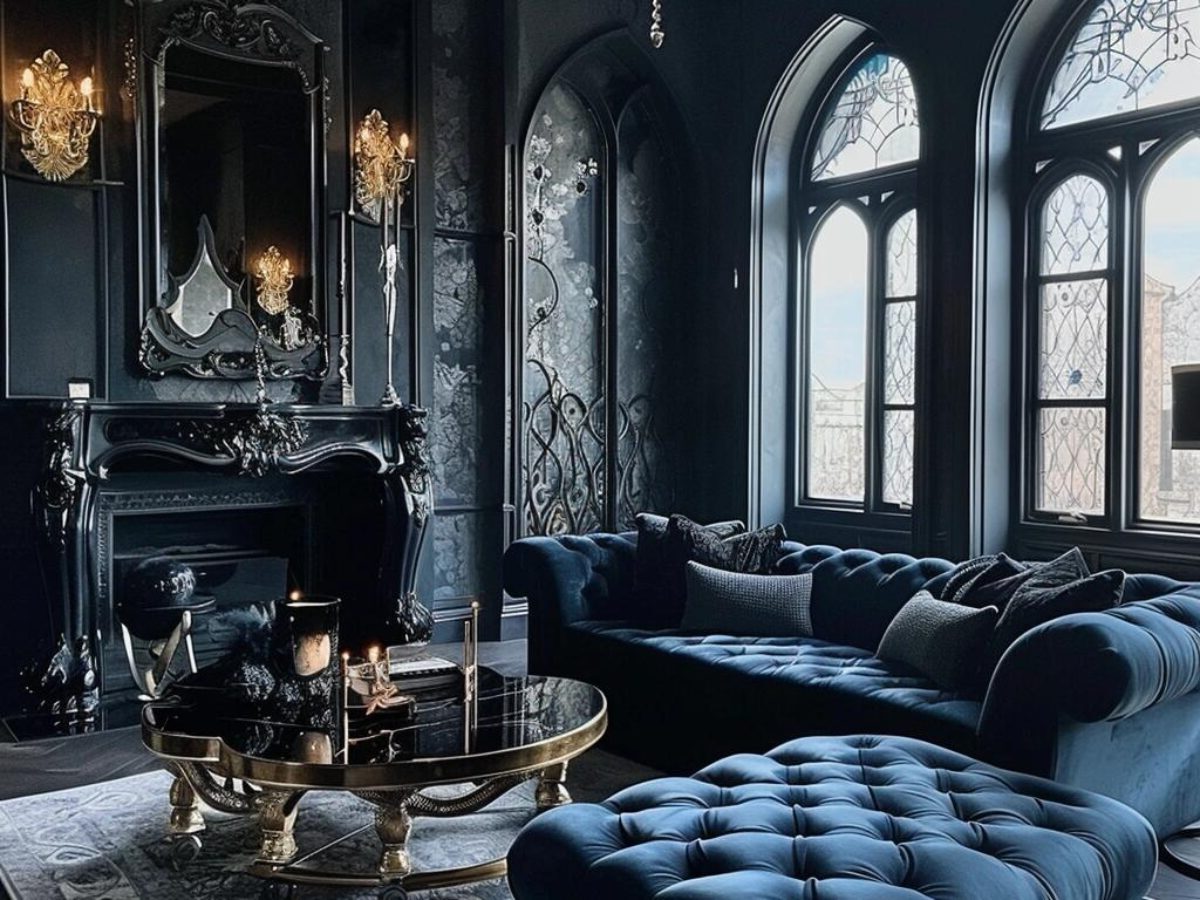
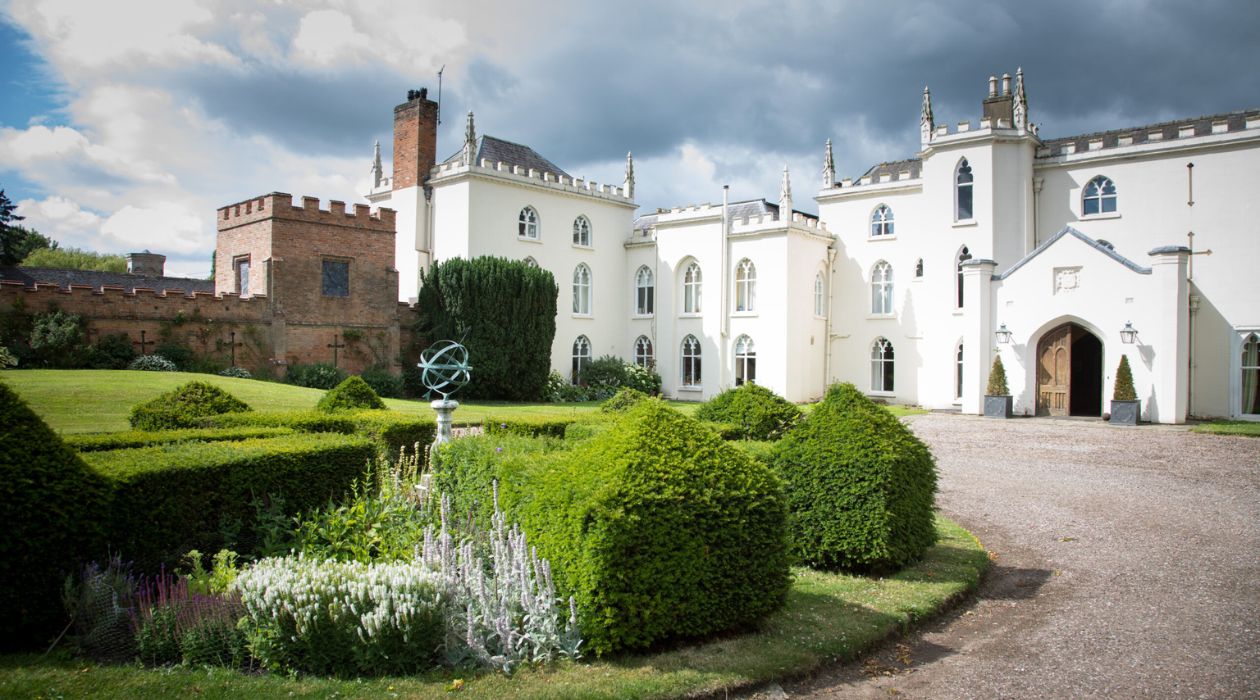
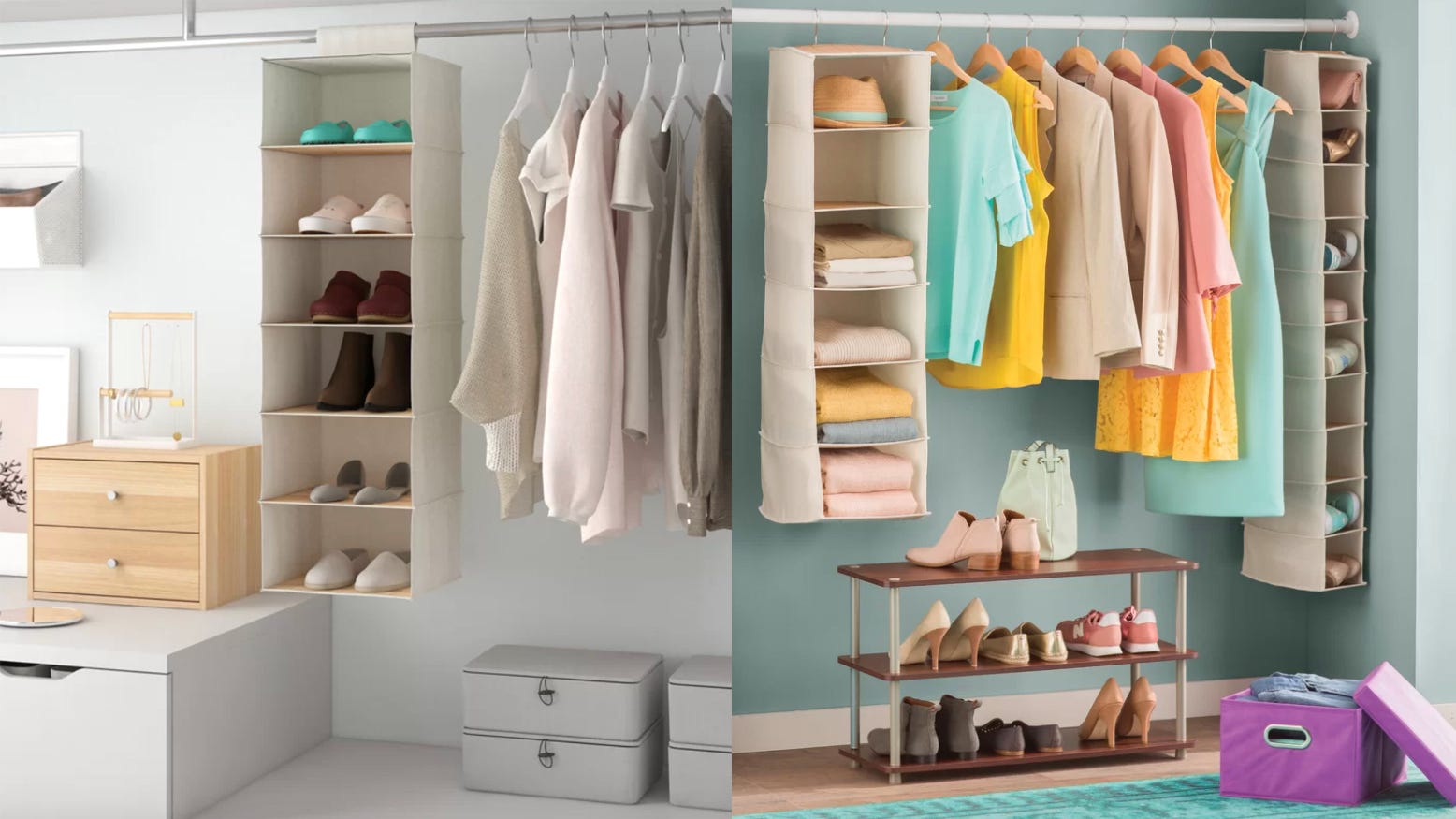
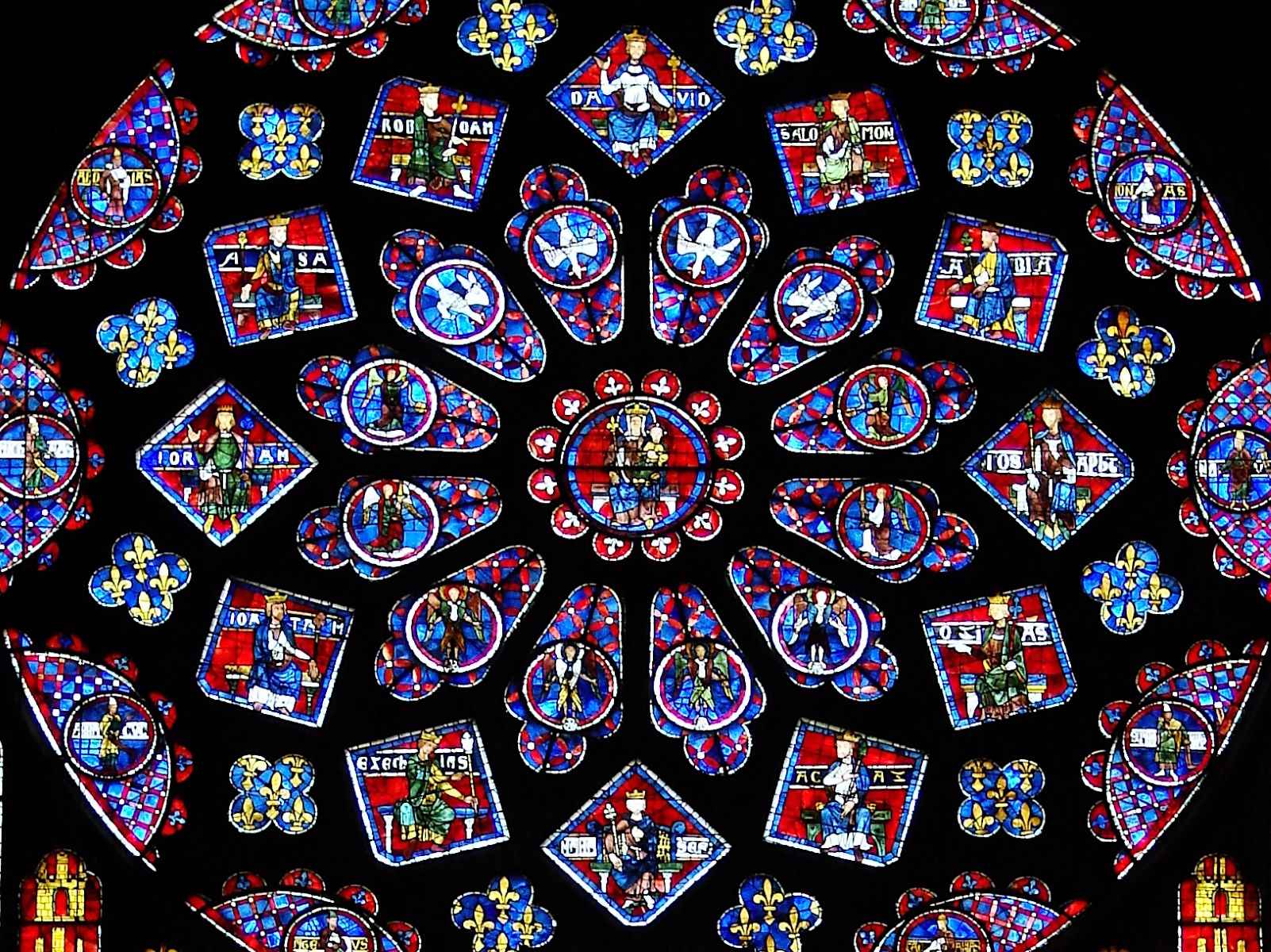

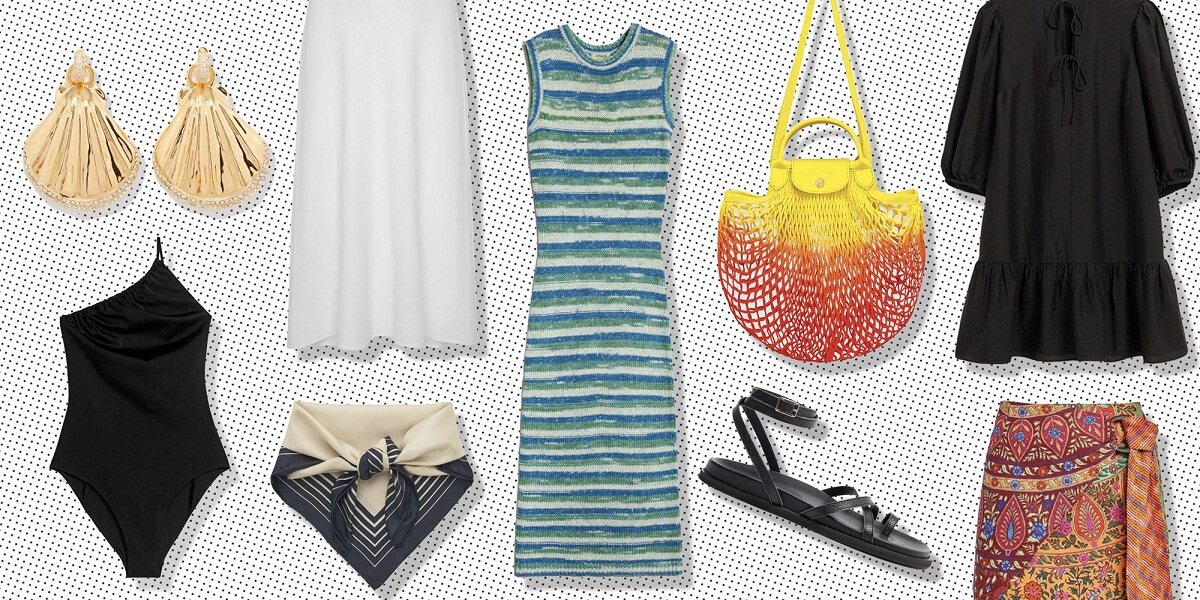
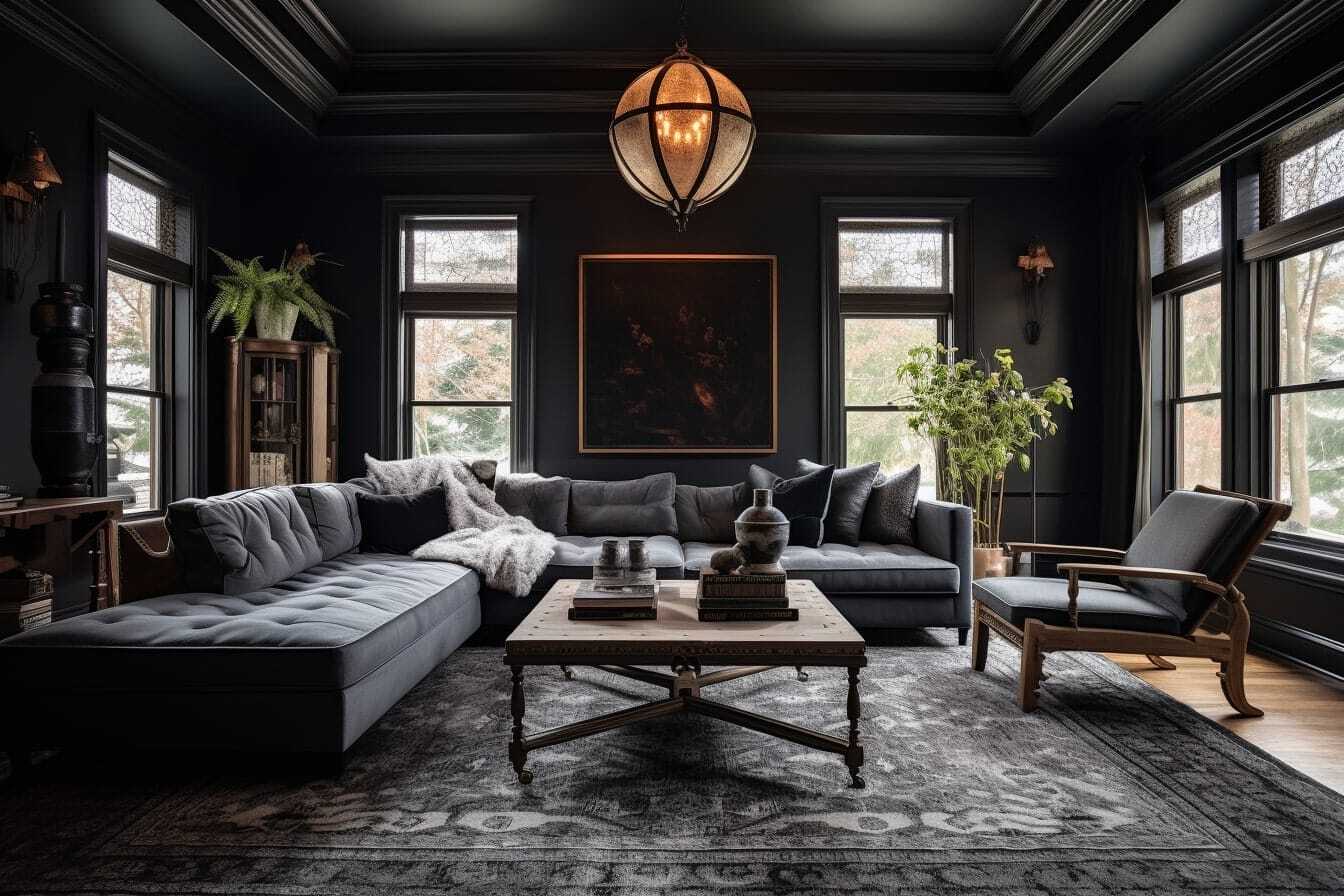
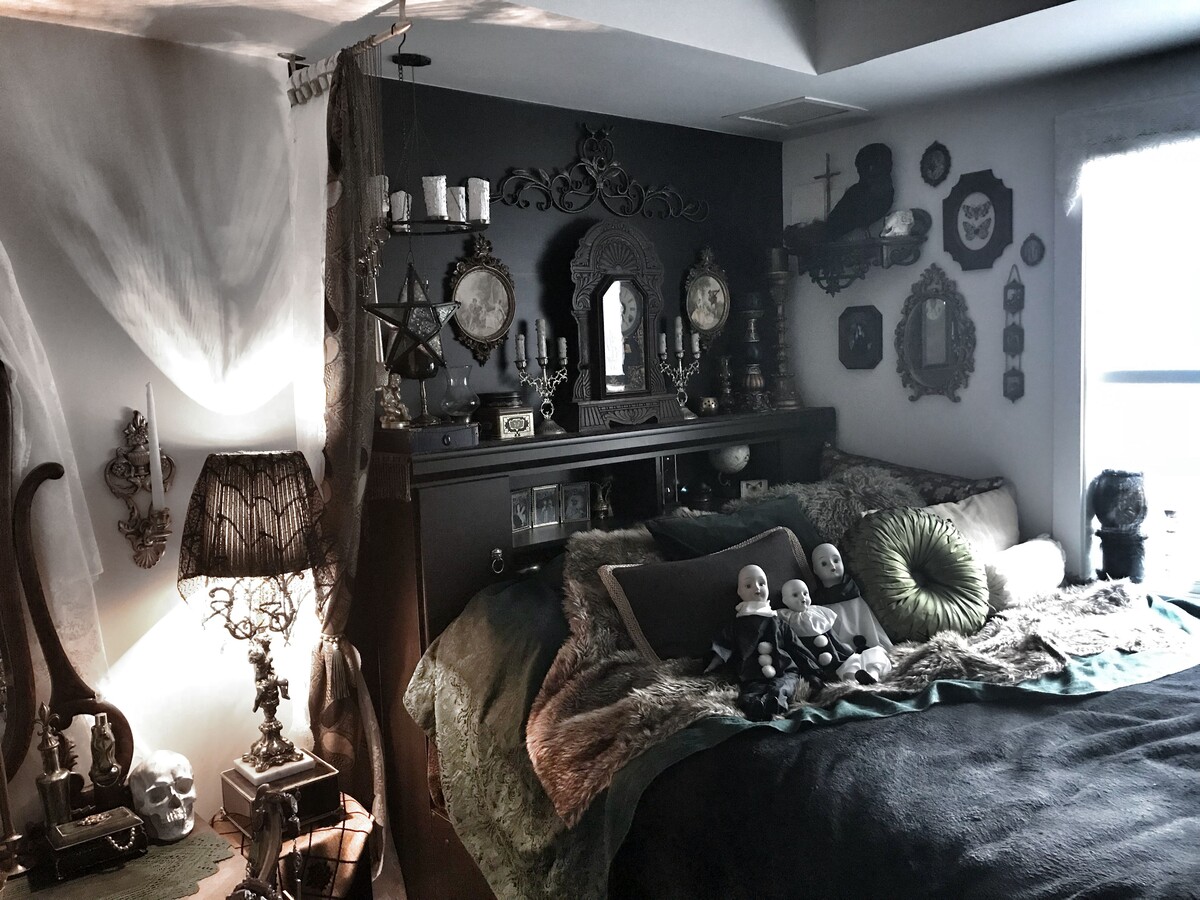
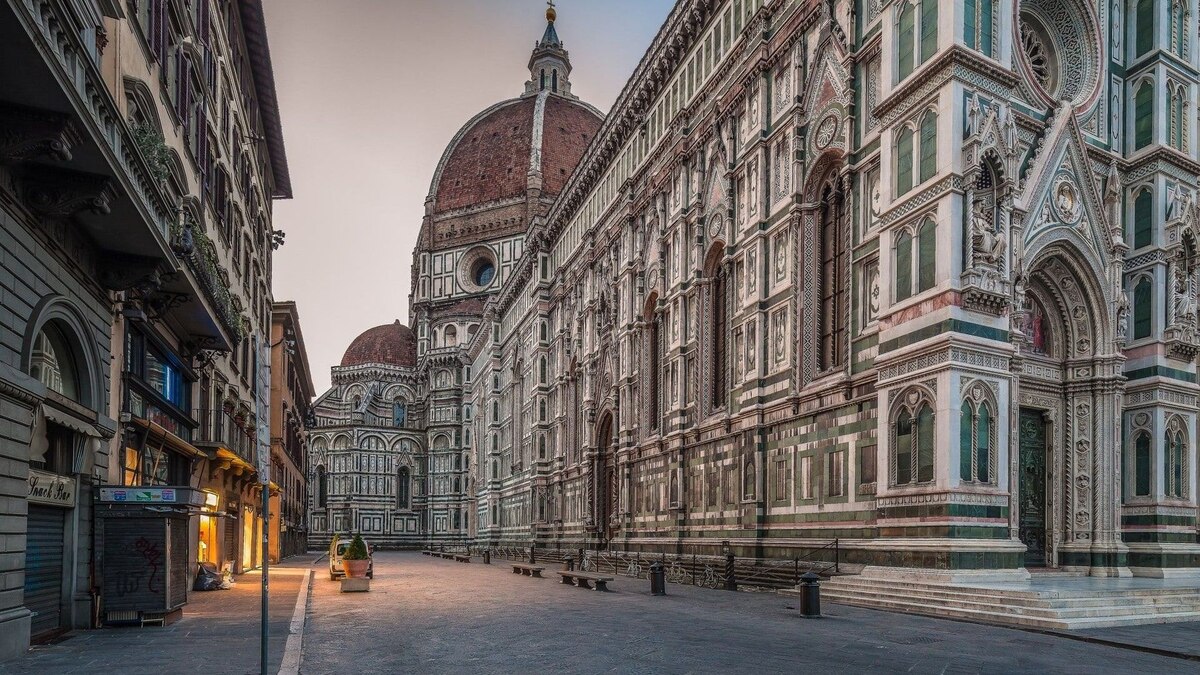
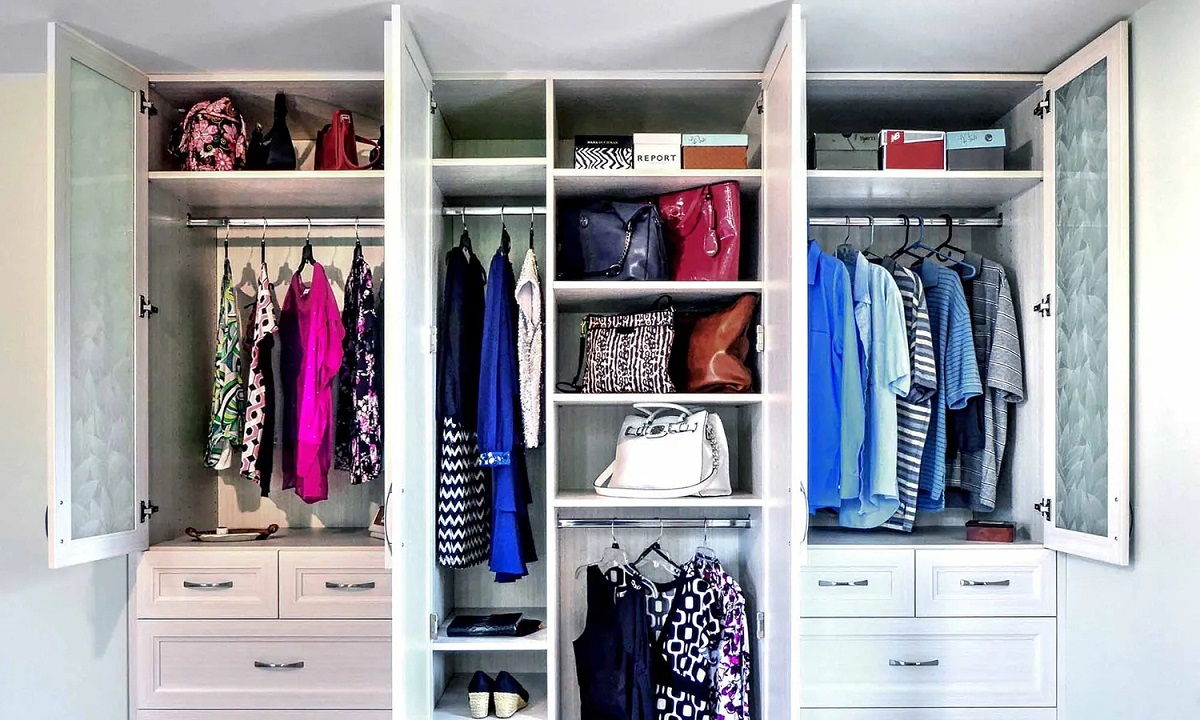


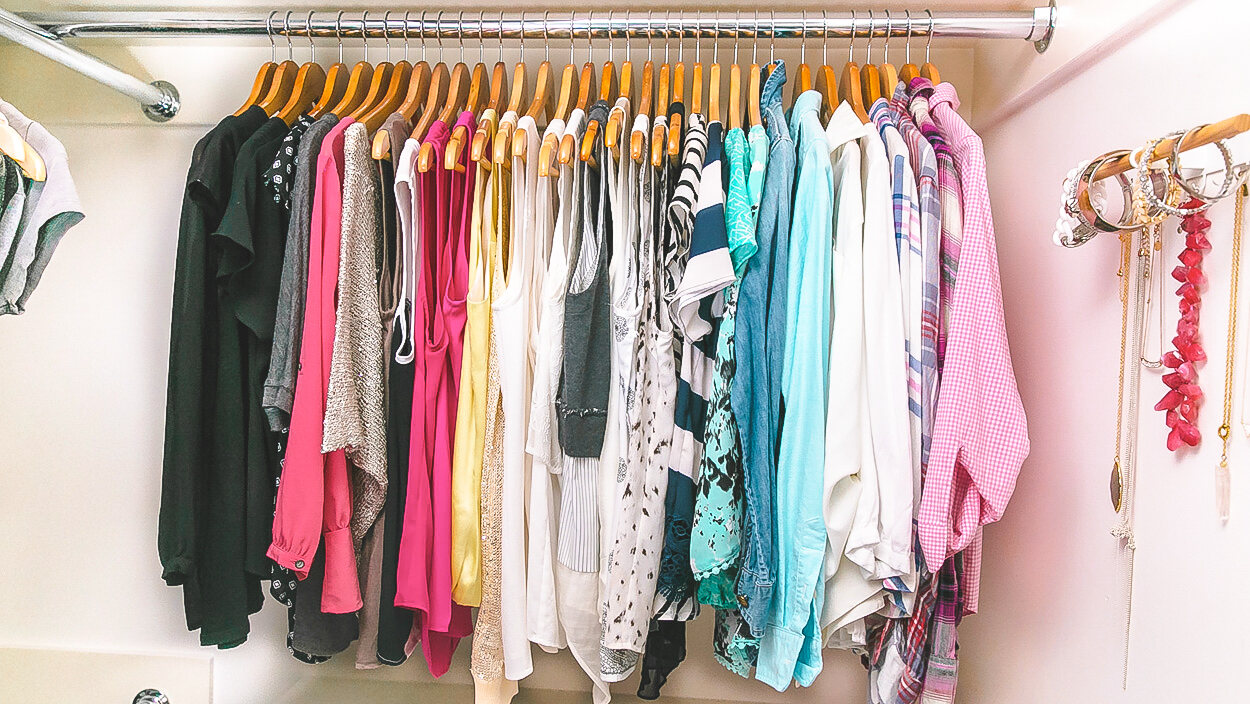

0 thoughts on “What Is A Gothic Wardrobe”